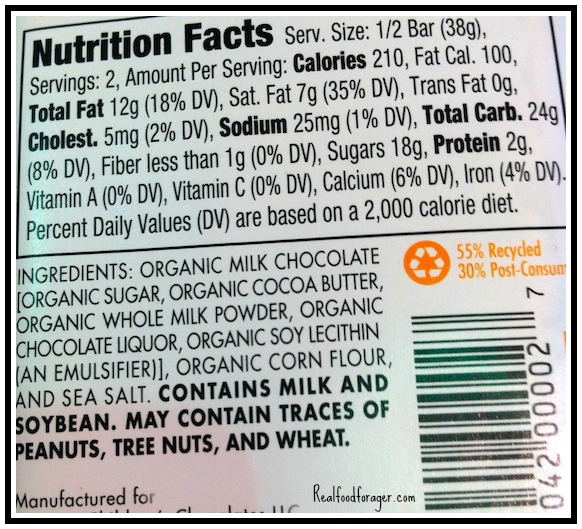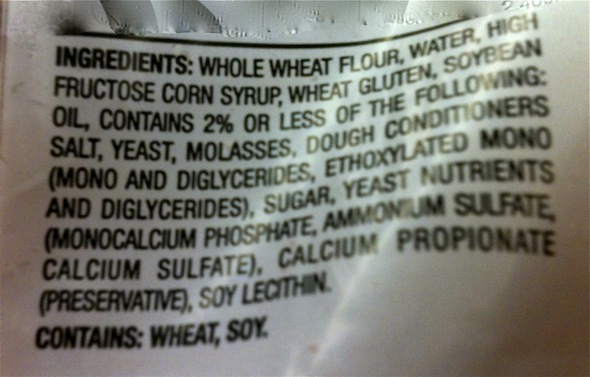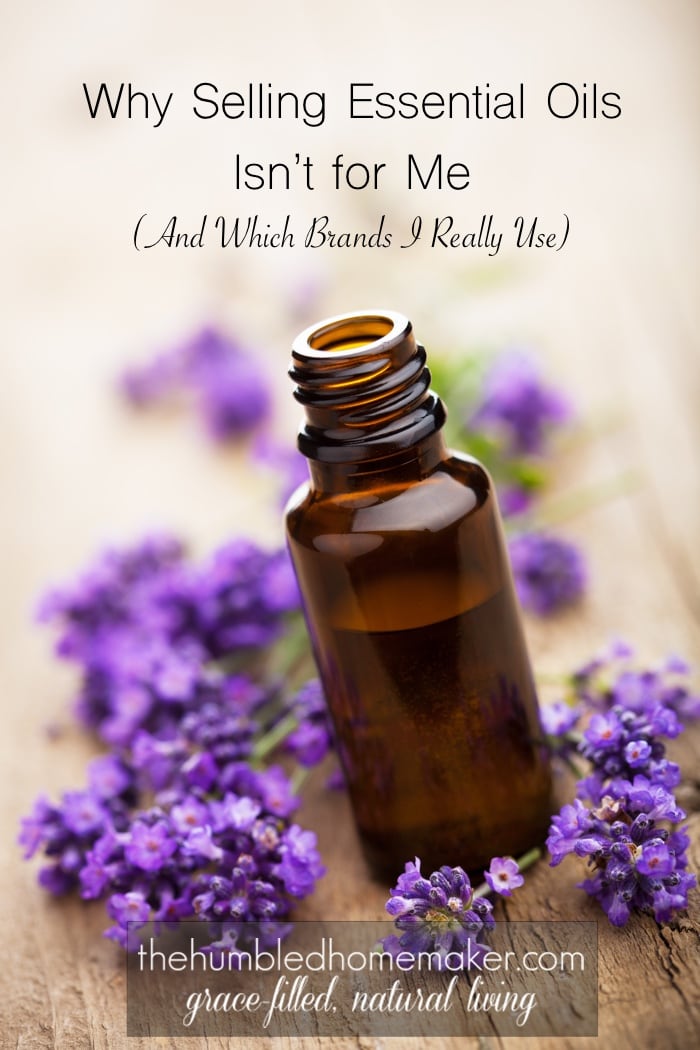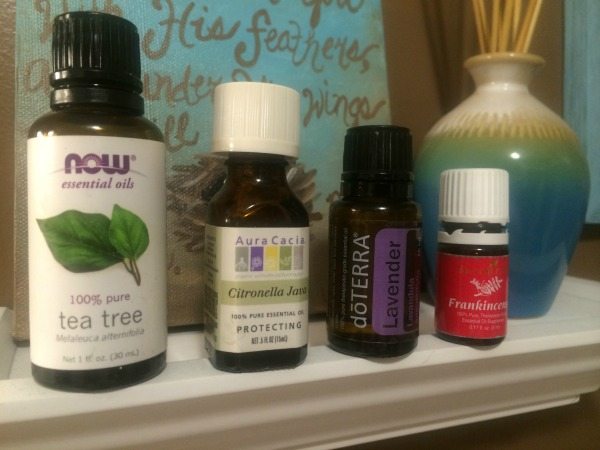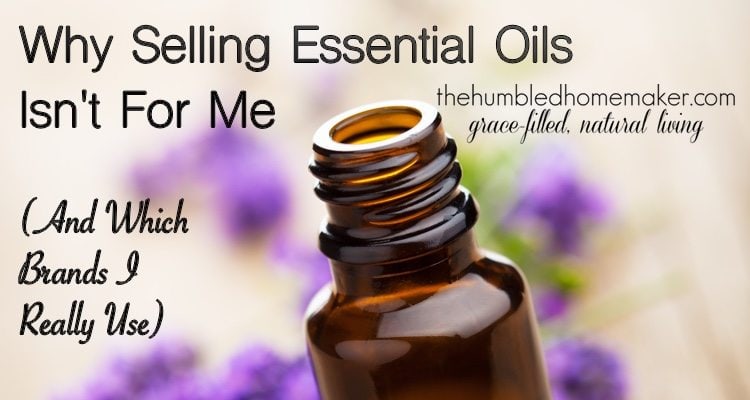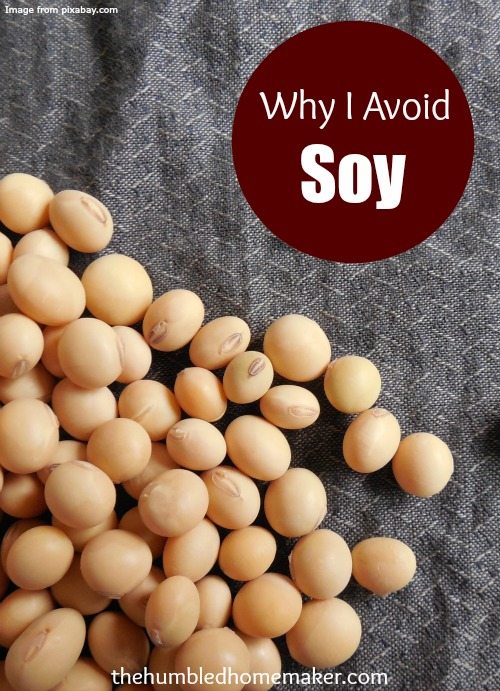This post may contain affiliate links which won’t change your price but will share some commission.

This post is from contributing writer Mary Voogt of Just Take A Bite.
I’m not gonna lie. Having (multiple) kids with (different) food allergies is not easy. In fact, many days it is down right hard.
I can’t cook one meal for the whole family. I can’t just order pizza when I’m sick and have no energy to cook. At the moment I can’t even eat at a restaurant. If you have a child with food allergies I’m sure you know the list of “can’t” could go on and on.
But…
I secretly love our food allergies.
Yes, you heard that right. I love them.
There really are some hidden blessings when it comes to food allergies. And although I do hope for full healing for my children some day, there is a part of me (maybe the part that wants to have control!) that hopes it doesn’t happen too soon.
I’m letting you in on my seven little secrets about the blessings of food allergies. After reading them you may want to go get your child tested. An allergy diagnosis can have its perks. Don’t say I didn’t warn you.
Easily say no to junk food.
Allergies make food choices for you, often for the better. My son is allergic to corn (probably my favorite allergy!). That means NOTHING with high fructose corn syrup or cornstarch. Saying no to junk food is a no brainer there.
Does your child have a wheat allergy? It’s easy to pass on the Goldfish® the other kids are eating.
Of course there are alternatives these days. And there is plenty of junk food that is egg free, dairy free, gluten free, etc. But it is much easier to pass on the junk when you are avoiding allergens.

Bring your own snacks.
Whether your child is going to preschool or attending a party there is no need to have the ongoing debate in your mind. Do you eat well at home and not worry about the rest? Do you make a big fuss about food wherever you go? When do you say yes and when do you say no?
No need for any of that. Simply send safe snacks for your child. I do try to give my kids something comparable if I know what snack is being served. For example, if the rest of the class is having graham crackers I send a few homemade gluten free graham crackers (they are even soaked…much better for a child with allergies). Other favorites are homemade gluten free Goldfish® and fruit snacks.
Katie here – gluten-free can be confusing but it doesn’t have to be hard! I’m thrilled to share a FREE gluten-free cheat sheet mini eBook to help get you started!
This is perfect if you’ve just been told you need a GF diet, if you have a friend or family member eating GF and you’d like to cook for them, or if you’re just curious what it’s all about!

My kids are so used to bringing food from home it doesn’t even phase them. Plus they love helping me create homemade versions of what their friends are eating. It’s like a secret mission we have to accomplish together. It’s so much fun!
Nobody questions your food choices.
When my oldest started school I was so stressed about snack time. I couldn’t believe some of the things that were considered “healthy” snacks (i.e. pudding cups + graham crackers). At the time we were not yet dealing with allergies. I felt like I didn’t have a valid excuse to make another choice.
Now with allergies it is so much easier. Nobody questions my choices. It is a necessity. And while I realize it shouldn’t matter…it does.
There are the looks. The comments. As if somehow you are trying to act better than other moms by making healthy choices. That is not the least bit true. But moms can be mean.
People are much more understanding of food allergies than they are of personal choices. And for a people pleaser like me that takes some of the stress away.
There is also less of a chance of being perceived as rude. Some people aren’t ok with a simple “no thank you” to what they offer. But saying “he has allergies” is met with more concern and empathy.

Learn to be creative and try new food.
If it were not for my kids’ food allergies and my own sensitivities I never would have tried half of the food we eat on a regular basis now. Every time I was presented with new restrictions I had to get more creative. I must admit, it’s kind of fun. Sometimes challenging. But fun.
Did you know you can make homemade Oreos® that are gluten, egg, dairy, nut, corn, and soy free? You can! And they taste amazing. So does the inside-out version!
We’ve tried all sorts of new vegetables, grains, seeds, and baked goods. I’ve even learned that I LOVE lard! Since I can’t have butter or coconut oil I spread lard on everything. It is soft, creamy and loaded with Vitamin D.
This creativity also naturally fosters variety. Which everyone could use more of. Especially those with allergies that should be on a rotational diet. More diversity in your diet means a wider array of vitamins and minerals and less of a chance of adding new allergies.
Learn to be inclusive of and sympathetic to others.
I have used food allergies as a teaching tool many times. My daughter is learning from a young age that nobody likes to feel excluded (which is pretty common for kids that are forced to be different in some way…like eating different food). We talk about how it makes her feel if someone thinks her food is strange. She can then feel compassion for others that may be left out for some reason and make sure they are included.
As a mom it has been helpful to me as well. Any time I bring a meal to someone or invite someone to my house I make sure to ask if they have any food restrictions. And I let them know that nothing is too strange or complex for me…I’ve seen it all, and I’m happy to accommodate.
Gateway to explain nourishment and health.
Since having kids with allergies I have so many parents that have asked me about health and nutrition. I’m sure it helps that I am very vocal about our allergies and natural lifestyle. It has opened so many doors for me to share my knowledge and spread the word about what real food and real nourishment is.

But it doesn’t end there. My kids are educating their friends about nutrition as well! I am a proud mama when my daughter comes home from school and tells me about how she shares her homemade fruit snacks or roasted beets with kids at her table. She loves telling her friends how she helps me in the kitchen and what quality food really is.
Be an advocate for allergies.
My final reason for loving food allergies is that I get to be an advocate for others. I share my story on my own blog (Just Take A Bite) in hopes that I can help others. But also to make everyone aware of the need for change in how they feed their children and how we can all be supportive of kids with food allergies.
Although allergies are on the rise, the majority of the population still does not have to deal with them on a daily basis and really does not understand anything about them. I love giving others hope for healing and providing information to help care for those with allergies. And also advice on how to prevent them in the first place!

The cat’s out of the bag.
Now I’ve let my secrets out! Did I make food allergies sound a little more appealing?
In all seriousness, I don’t wish them on anyone. But I also choose to focus on the positive things that have come from our journey with food allergies. My entire family has learned so much and improved our health tremendously because of them.
About 99% of our food is homemade. We are not enticed by junk food anymore. We enjoy a wide variety of food. And we are sharing our story to help others on a similar journey. Food allergies have not been so bad if you ask me.
Do you or your children struggle with food allergies? What blessings have you seen on your journey?
Original article and pictures take www.kitchenstewardship.com site

